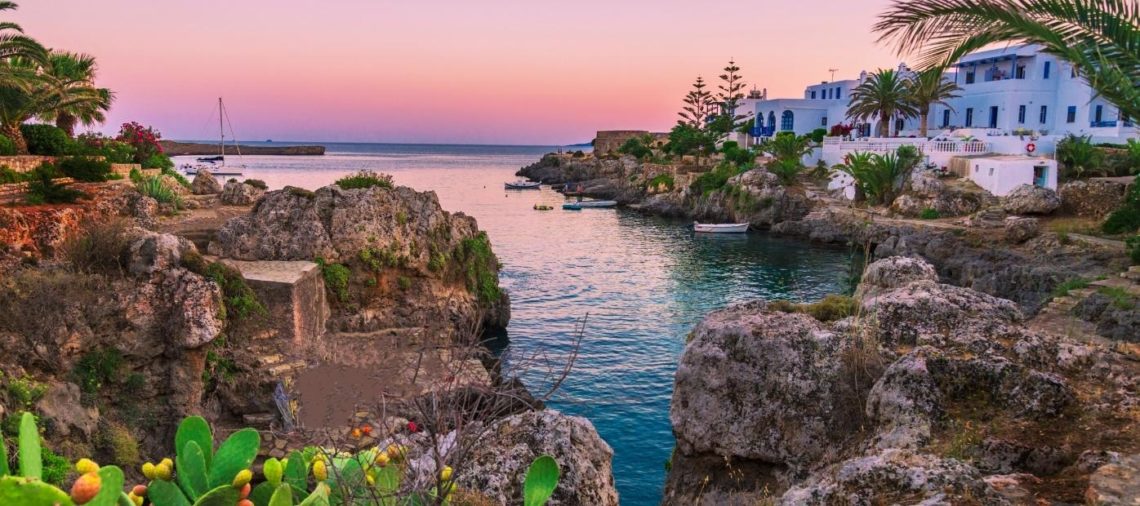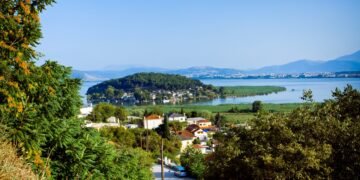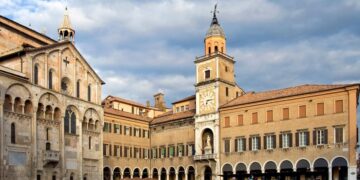Kythira is a lesser-known Greek island in the southern Peloponnese, halfway between the Mani peninsula and the island of Crete. Although it’s not included in many tourist guides that focus on Greece, Kythira is a little paradise worth visiting if you want to avoid the noisy tourist crowds and aren’t interested in the nightlife. In other words, Kythira is for those who want to explore almost unspoiled natural landscapes, to discover relics, castles, monasteries, and traditional Greek villages. And yet, Kythira is known, from some mythological sources, as the birthplace of the goddess Aphrodite in Greek mythology.
The Venetians who ruled it during the Middle Ages strongly influenced Kythira’s architecture. In fact, on a hill near the capital of Chora is a medieval castle dating back to the Venetian era, from where you can enjoy superb views of the Aegean Sea. This is also a great place to watch the sunset.
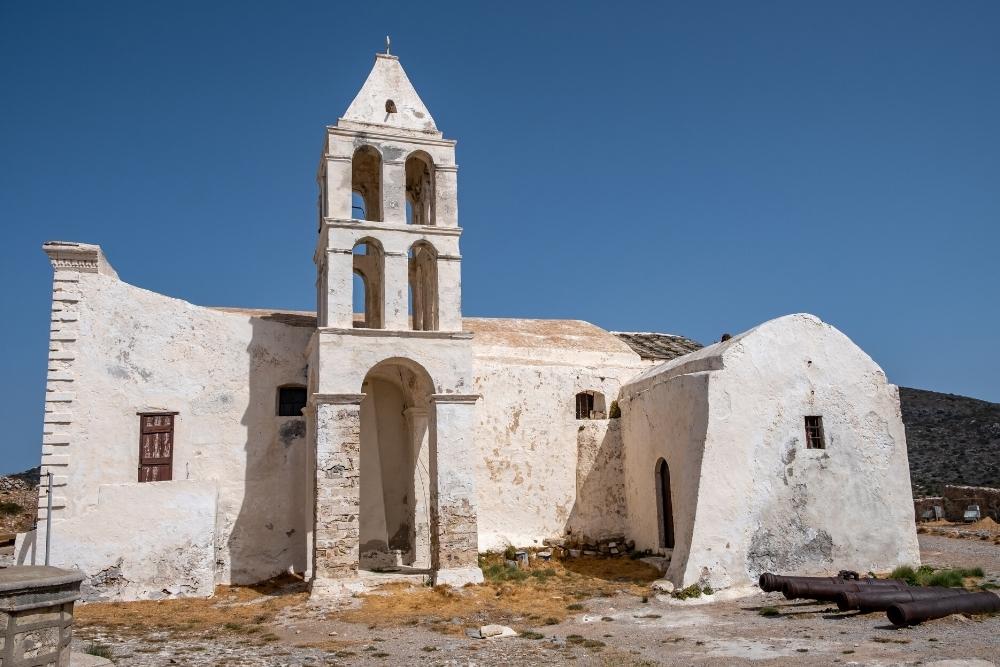
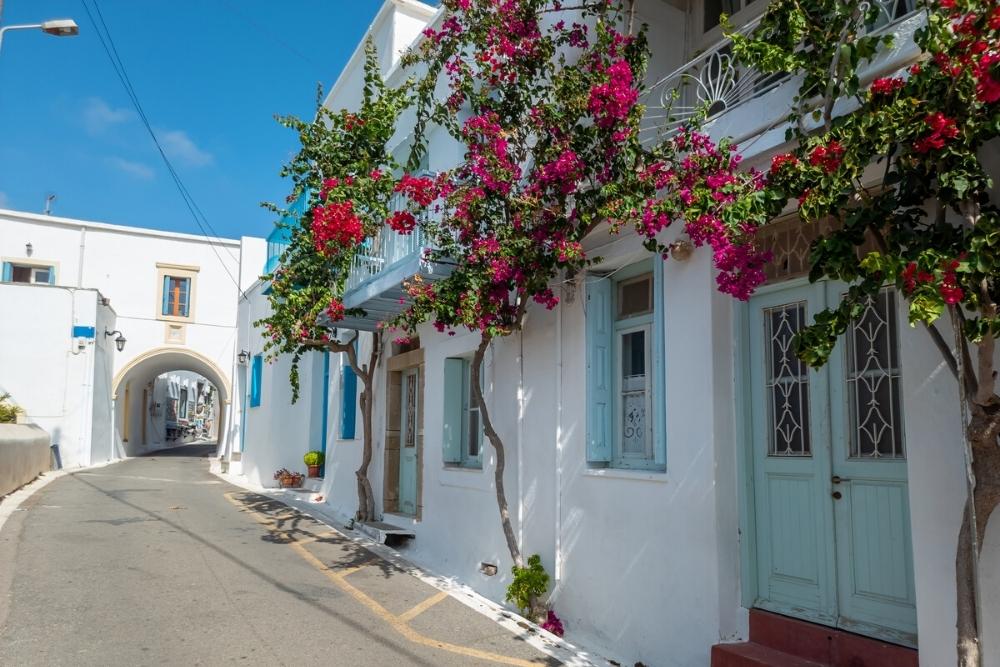
What to see and do in Kythira
Being a not very big, but very quiet island, in Kythira you don’t have much to do apart from relaxing on a beach, in the sun, or hanging out at a table in a taverna, like a real Greek. But if you’re an active person, you can always go hiking, as Kythira’s trails will take you to small settlements, deserted beaches or hills with beautiful views. The most touristy places in Kythira are Avlemonas, Kapsali, Diakofti, plus the local beaches, monasteries, and even ghost villages, abandoned for many years. Let’s see the main touristic objectives of Kythira island.
Map with the touristic objectives in Kythira (zoom for details)
The Castle of Chora
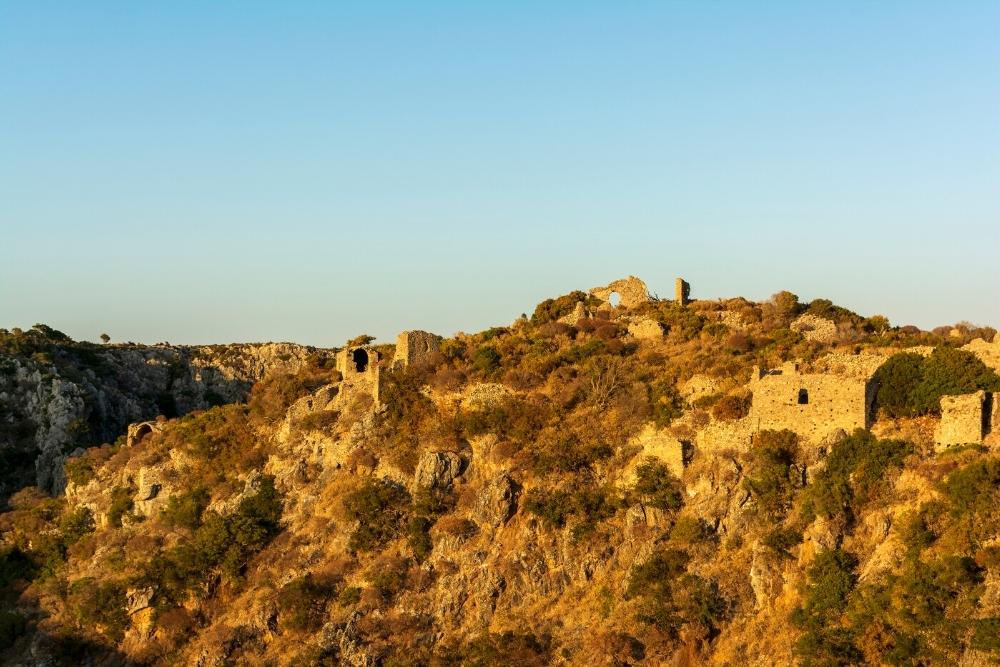
The castle of Chora, the capital of Kythira, is the first place you’ll probably consider visiting. “The ‘Fortezza’ was built like a Byzantine fortress in the 13th century, then built by the Venetians in 1503, and is also nicknamed the ‘Eye of Crete’, because from here you could easily see all the ships passing to and from Crete. When you visit the restored castle, you will see the former cells where prisoners were imprisoned, the tunnel, and the old aqueduct pools. The view towards Kapsali is fabulous.
Chora
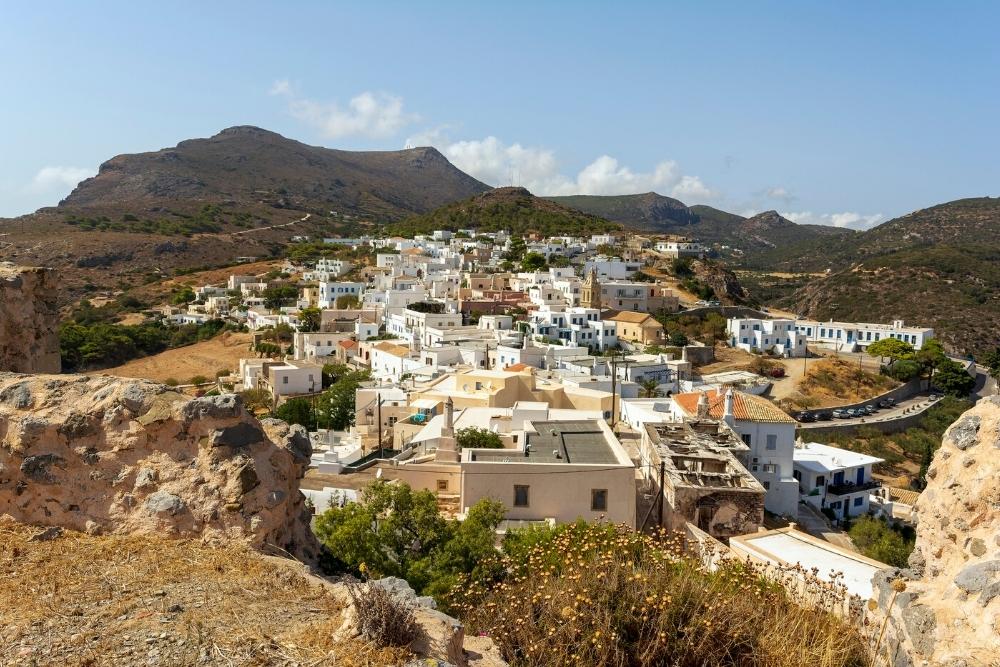
Chora, the capital of Kythira, is a typical Greek village, with white houses and narrow streets stretching up to the castle on the hill – the latter dating from the time of the British occupation. A stroll through the narrow streets of Chora introduces you to the few beautiful Orthodox churches and picturesque gardens of the village. In the village’s quiet central square are the town hall, several banks, and souvenir shops.
Kapsali
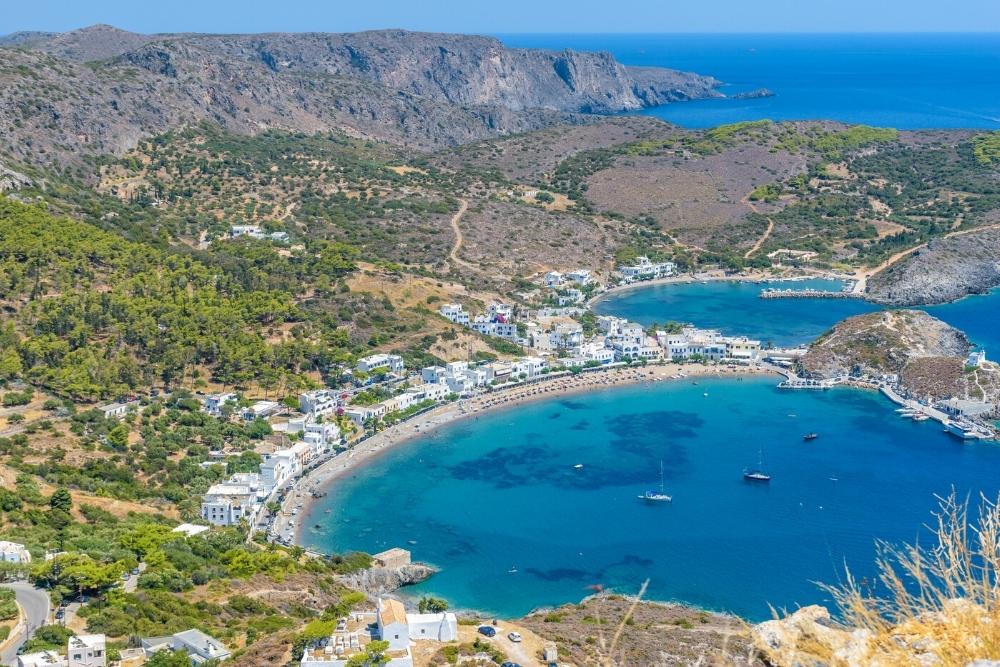
Kapsali is probably the busiest tourist spot in Kythira, with the village teeming with cafes, tavernas, bars, plus a harbor. It is perhaps the only place on the island where the notion of nightlife comes to life, and Kapsali is not without some romance either.
Avlemonas
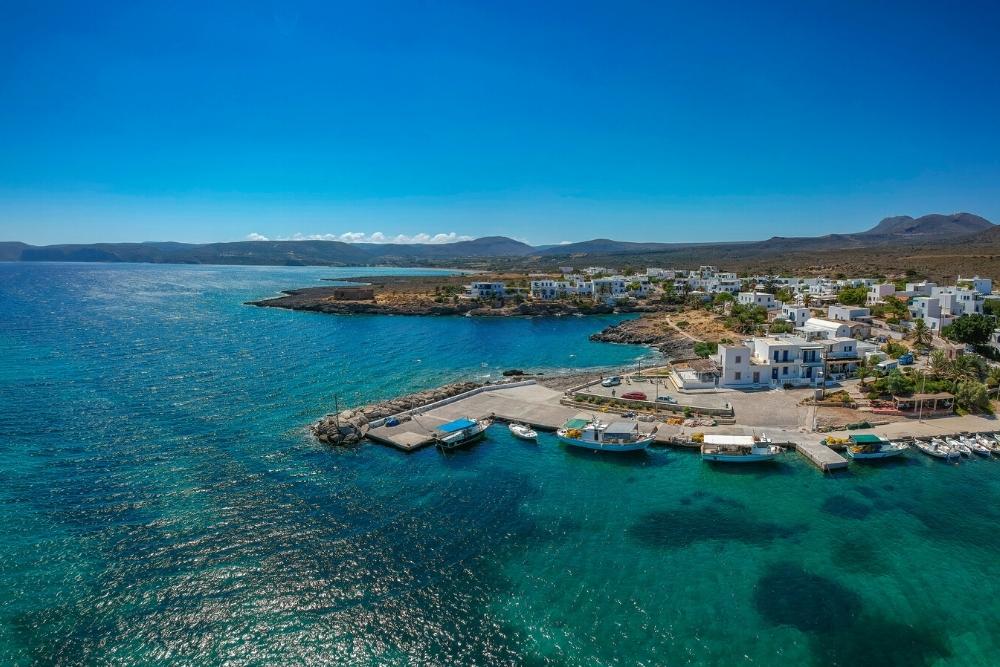
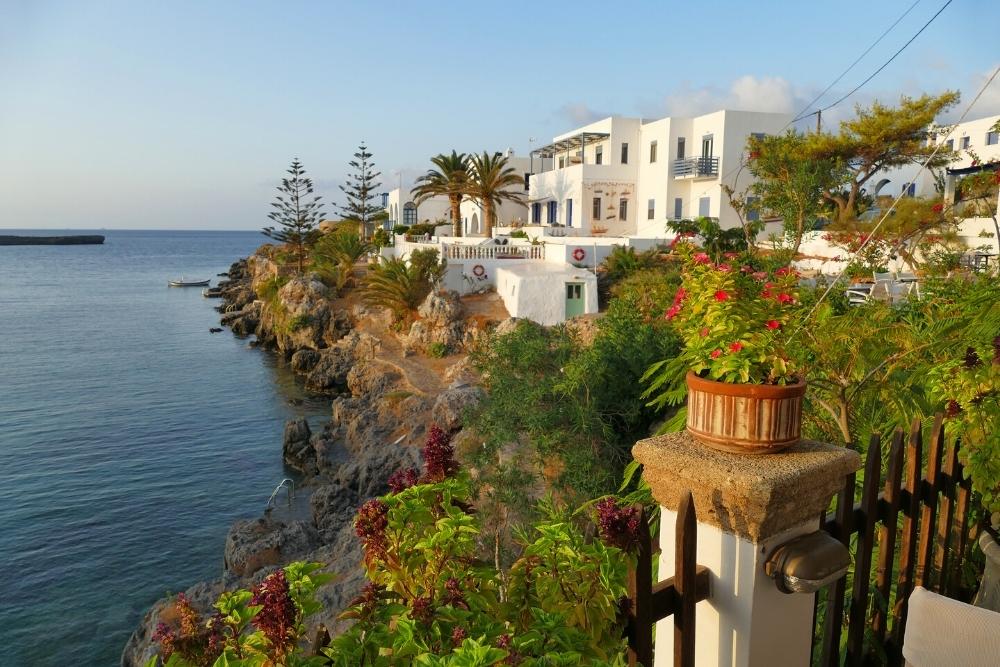

Avlemonas is said to be the most beautiful village in Kythira. Located on the eastern side of the island, Avlemonas has excellent exposure, being set in a scenery of azure waters and picturesque coves. The Cycladic architecture, narrow streets, Venetian fortress, and more give this village a unique atmosphere.
Diakofti
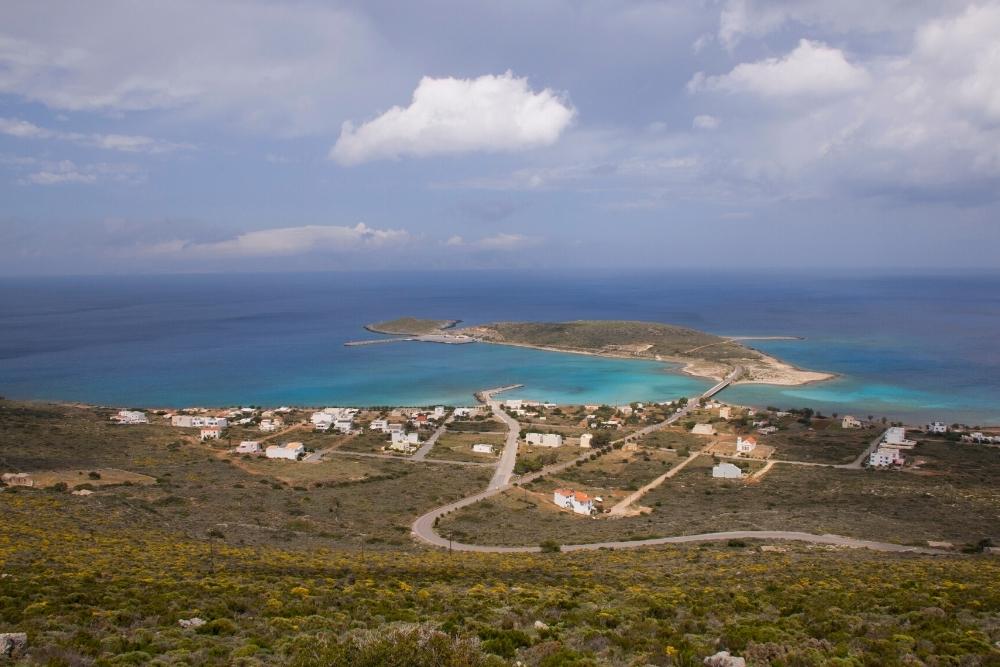
Diakofti is an area that has grown in importance since the construction of the island’s main port in 1995. The original few houses have expanded, and today it is a busy little village where you can stay. Nearby is Chousti Cave, an important archaeological site.
Other places to see on the island of Kythira
St Sophia Cave – 20km west of Chora, a cave with stalagmites inside which is a chapel dedicated to St Sophia (it is said that the saint’s disinterred body was found here).
Stone bridges – there are two beautiful stone bridges left over from the British occupation (they were part of the defence system). The largest is in the village of Livadi – built in 1826. It is 110 meters long and has 13 arches. Legend has it that
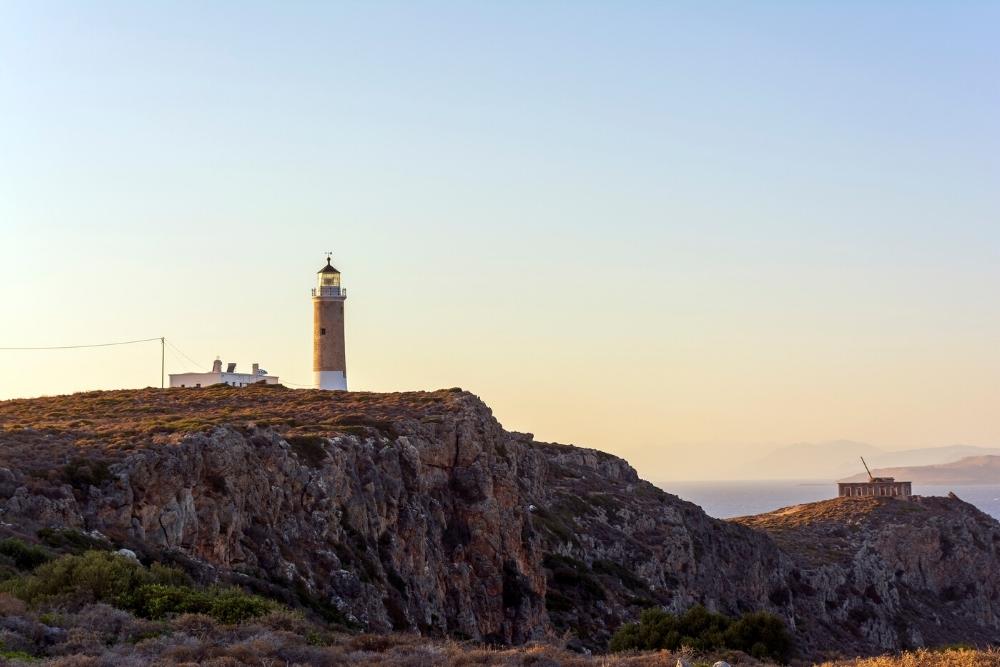
Moudari Lighthouse – located at the northernmost point of the island, at the head of Spathi. It was also built during the British period, in 1857, being the largest lighthouse built by the British in Greece. It is 25 meters high. It’s worth climbing it for a magnificent view.
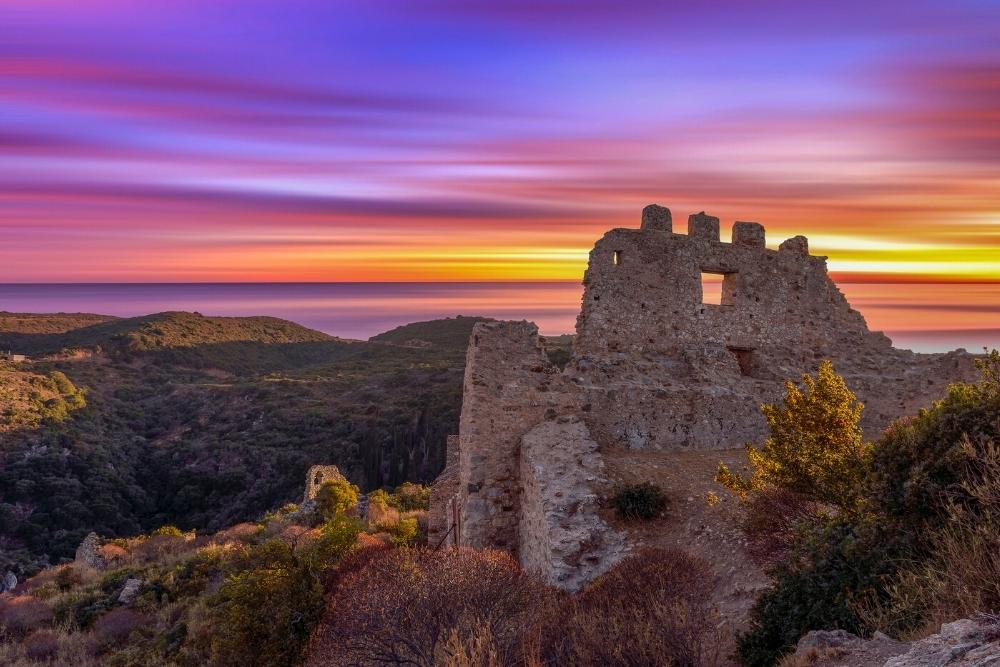
Paleochora Castle – one of the most important archaeological sites, was once the Byzantine capital of the island of Kythira and was built by the inhabitants of Monemvasia in the 12th century.
Beaches of Kythira
Kythira has many beautiful beaches, lapped by crystal clear waters and set in picturesque landscapes. The most popular beaches in Kythira are Kapsali and Agia Pelagia, and the least populated are Lykodimou, Melidoni, and Chalkos (source).
Kapsali Beach
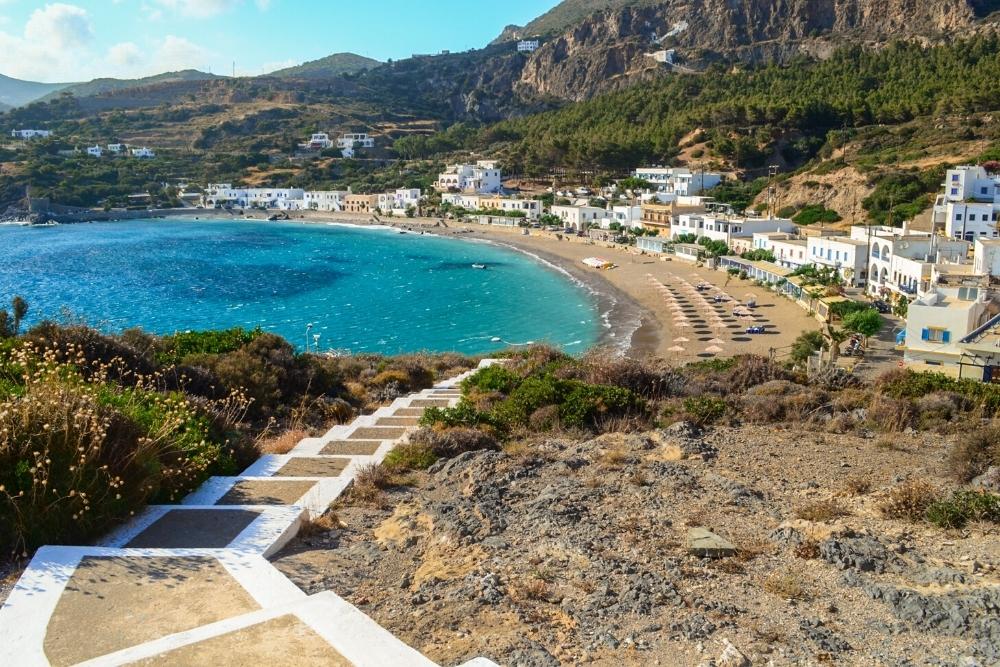
Near the picturesque village of Kapsali are two stretches of sand, two similar coves. In the larger one is Kapsali Beach, bordered by restaurants and cafes. The atmosphere is cosmopolitan, and tourists are amazed by the beautiful scenery, which includes the bizarrely shaped Avgo island. Aphrodite, the goddess of love and desire, is said to have been born here, in a shell.
Melidoni Beach
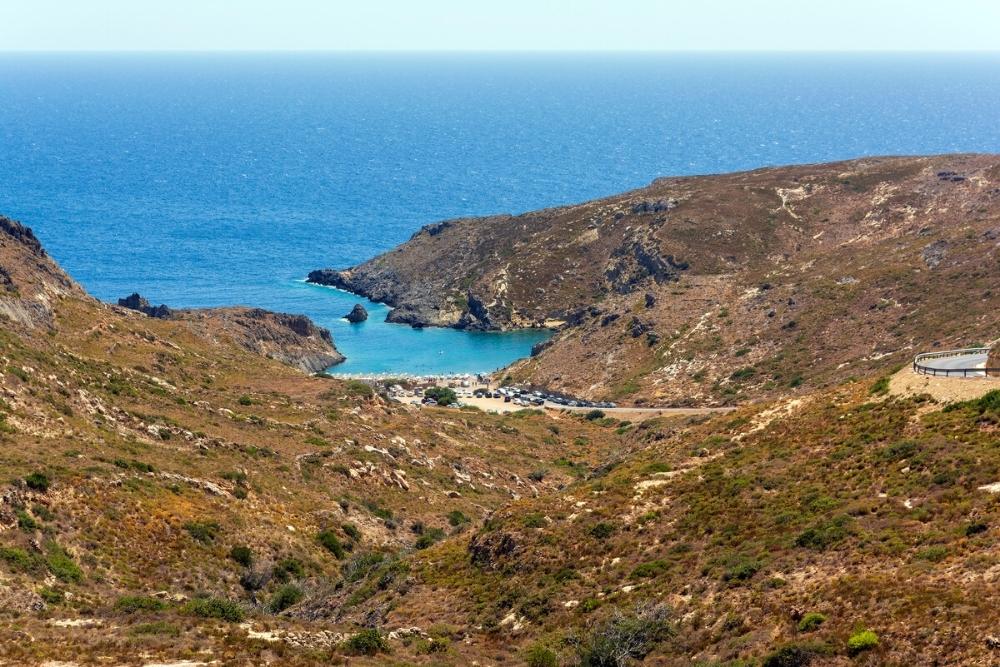
Clear waters, pebbly sand, plus a gorgeous view of the island. This cove is on the island’s southwest side, accessible by car via a country road from Drymona. That’s Melidoni Beach, where there’s also a taverna where parties are held day and night.
Chalkos Beach
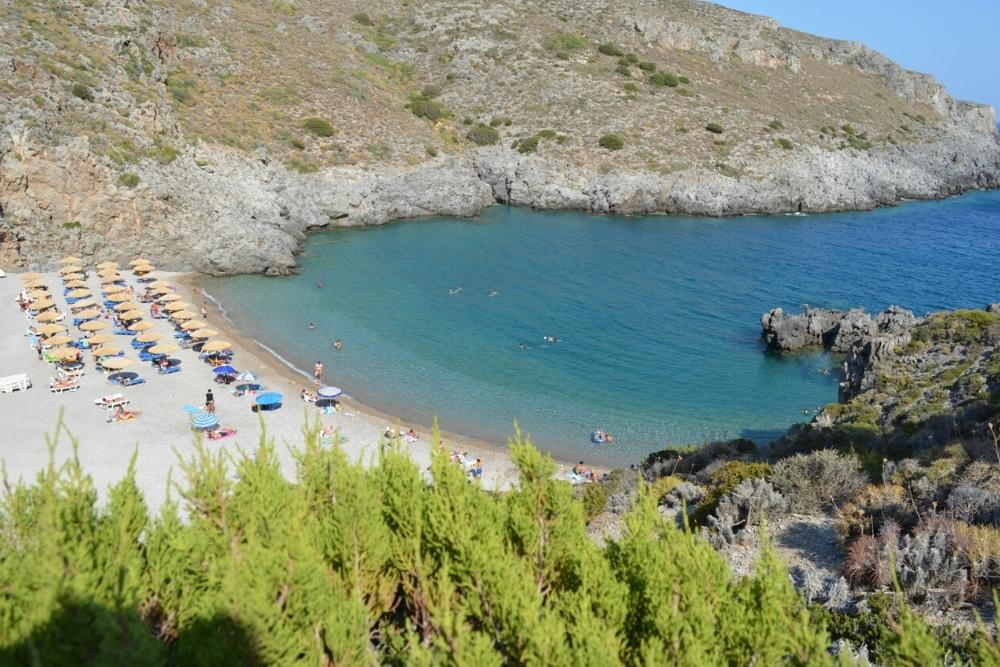
Chalkos is one of the most beautiful beaches in Kythira. Located 8km southeast of Chora, this pebbly beach with turquoise waters is well organized, with tavernas and generous parking.
Agia Pelagia Beach
Agia Pelagia lies 26 km northeast of Chora, stretching along a 400-meter stretch of sand. It is, however, a mixed beach – sand/pebble – perfect for families with children, offering plenty of facilities and tending to get crowded during the peak summer season.
Best hotels in Kythira
Filoxenia Apartments ***
Booking rating: 8.9
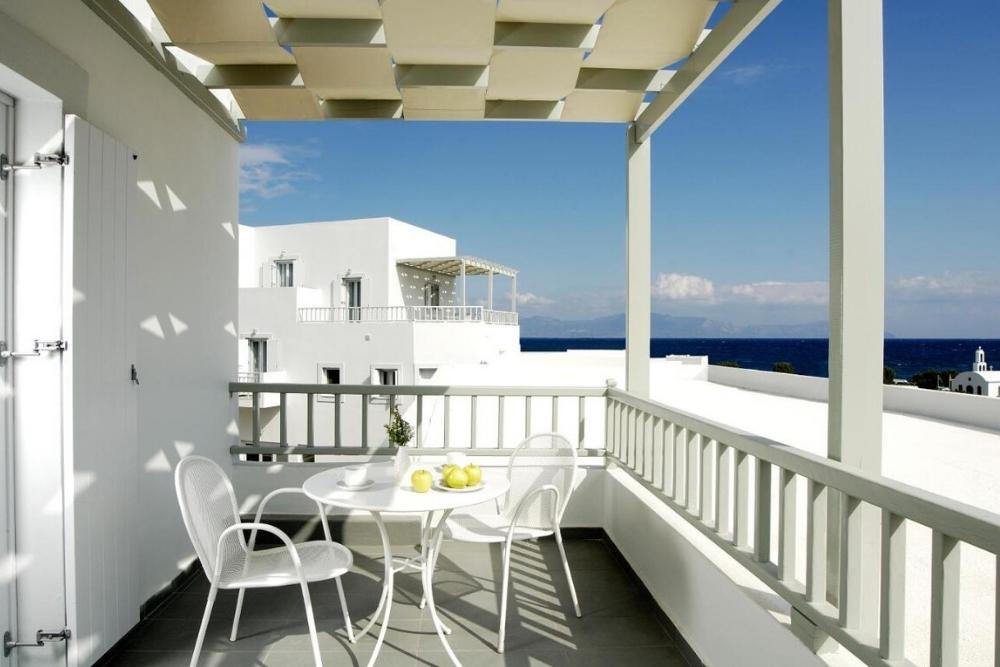
Filoxenia Apartments are within a 2-minute walk of Agia Pelagia Beach (150 meters). They feature an outdoor pool and sun loungers, free Wi-Fi and are surrounded by a garden. Each apartment is equipped with a kitchenette.
Kythira Golden Resort ****
Booking Score: 9.5
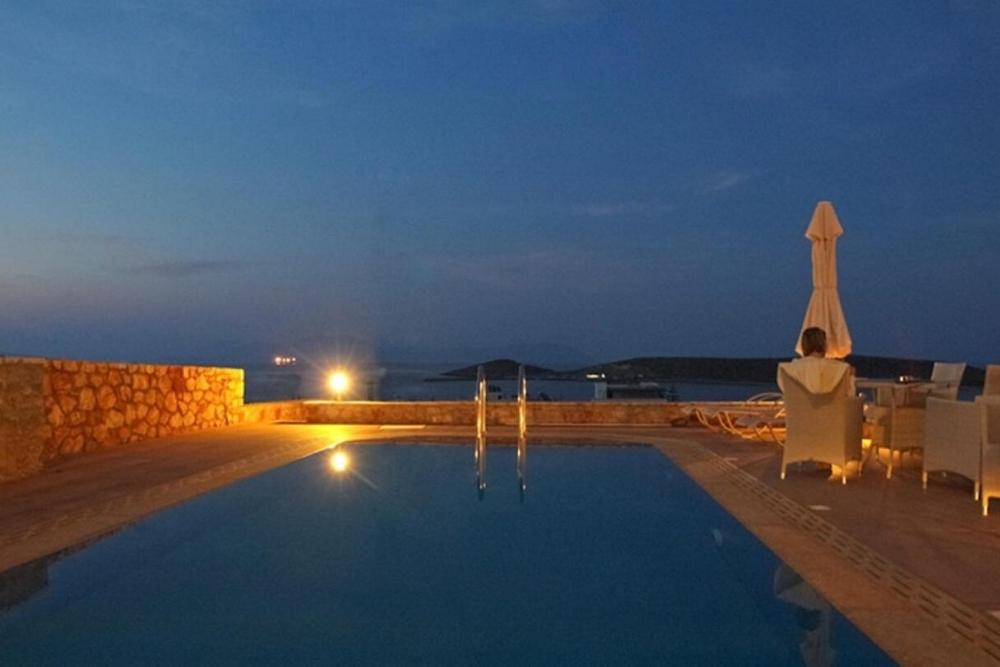
Just 200 meters from Diakofti Beach, Kythira Golden Resort features an outdoor pool, snack bar, fitness room, and free Wi-Fi access. The elegant rooms, decorated in pleasant pastels, have sea views.
Stella’s Houses ***
Booking Score: 9.9
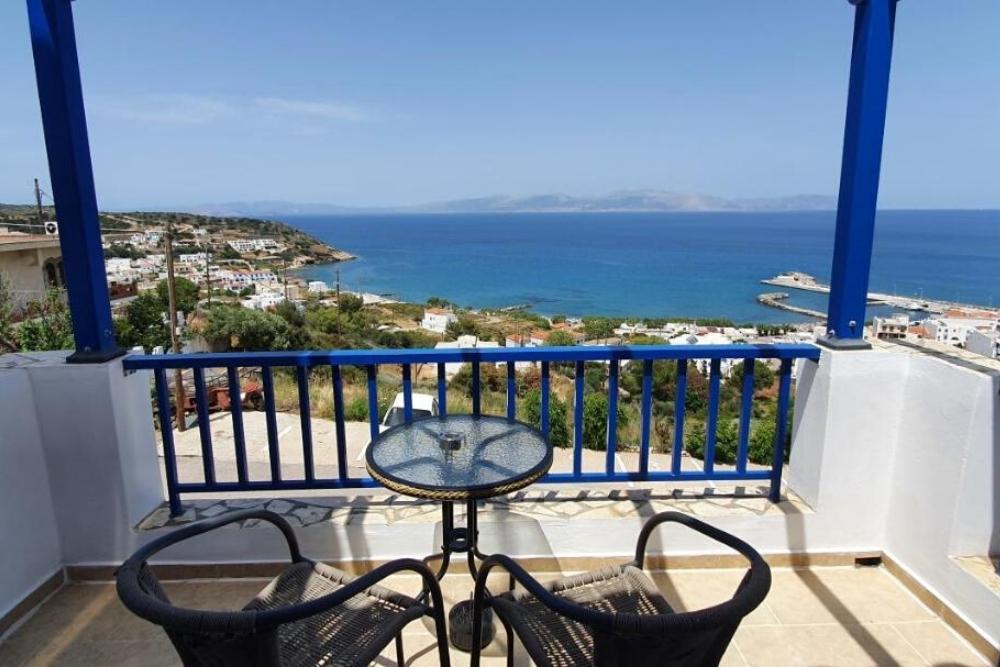
A hotel in Agia Pelagia, 3 minutes from the beach. All rooms have a kitchenette and living room, and breakfast is available each morning at reception.
Best restaurants on Kythira island
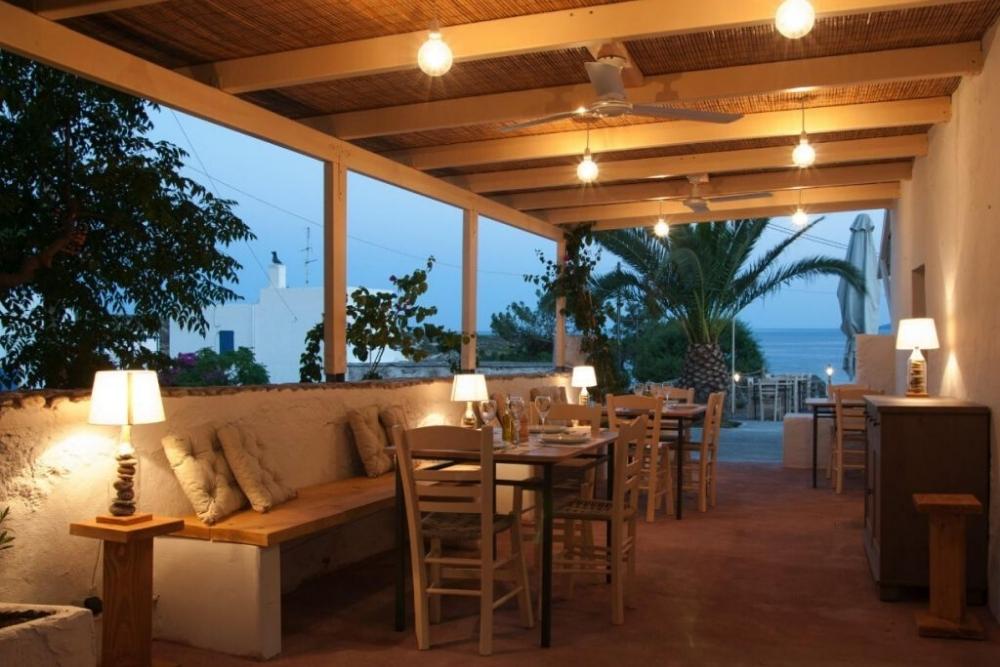
Familia
An authentic restaurant where every dish is made with heart. The seasonal menu reflects Greek and Kytherian gastronomic heritage.
Psomoladea
Created by two friends from Kythera, who joined forces to offer the world good food in a Mediterranean restaurant located in the village of Avlemonas, in a 400-year-old building where a tavern has always operated.
Kaleris
Open for more than three decades in the village of Agia Pelagia in Kythira, Kaleris restaurant has transformed from a fish tavern into a “classic” offering traditional food and fish and seafood dishes.
How to get to Kythira island
Kythira Island has an airport and is therefore served by flights from Athens. However, you can also reach Kythira by ferry from the ports of Neapolis and Gytheio (in the Peloponnese) or from Kissamos – a port on the island of Crete.
Pin it!
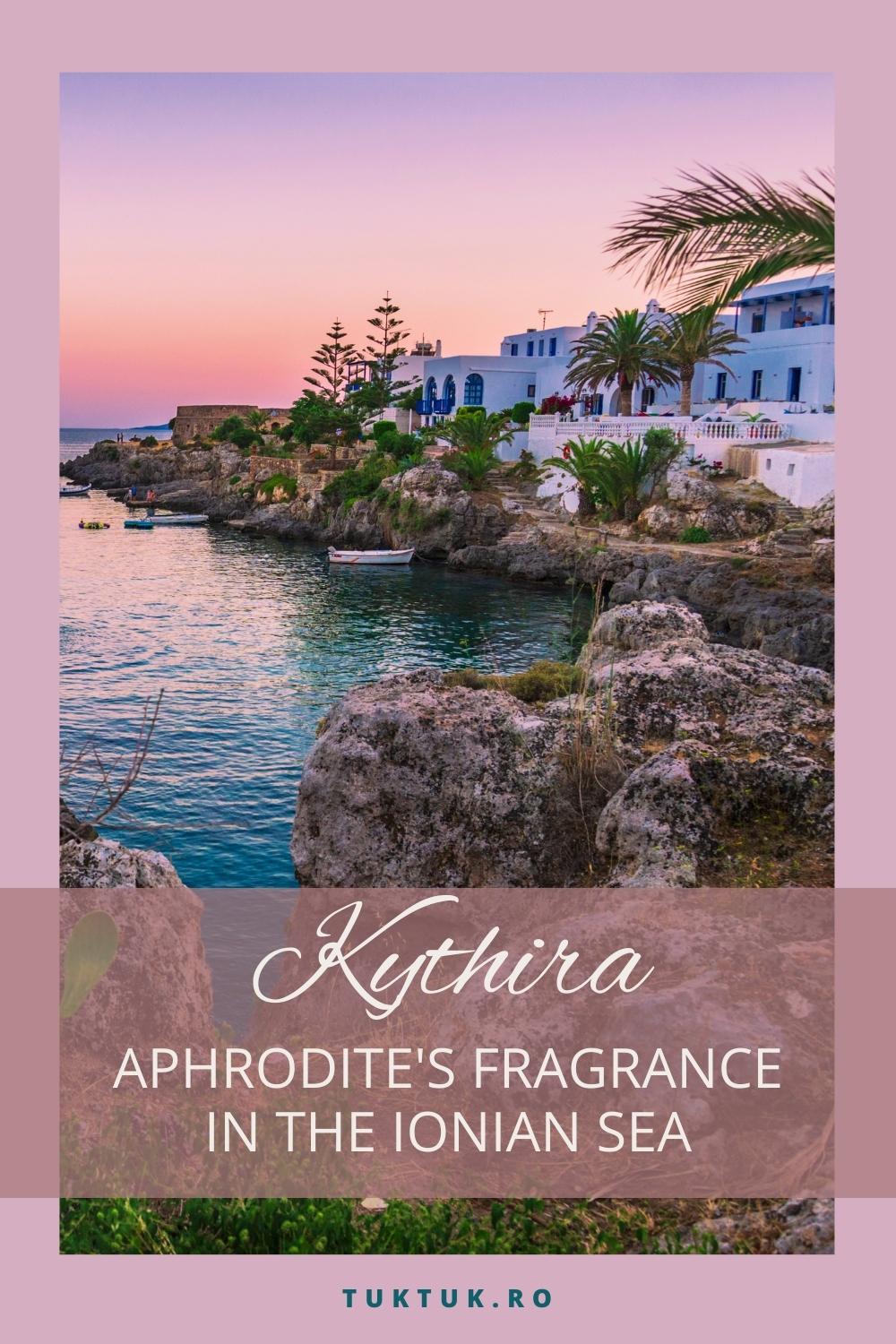
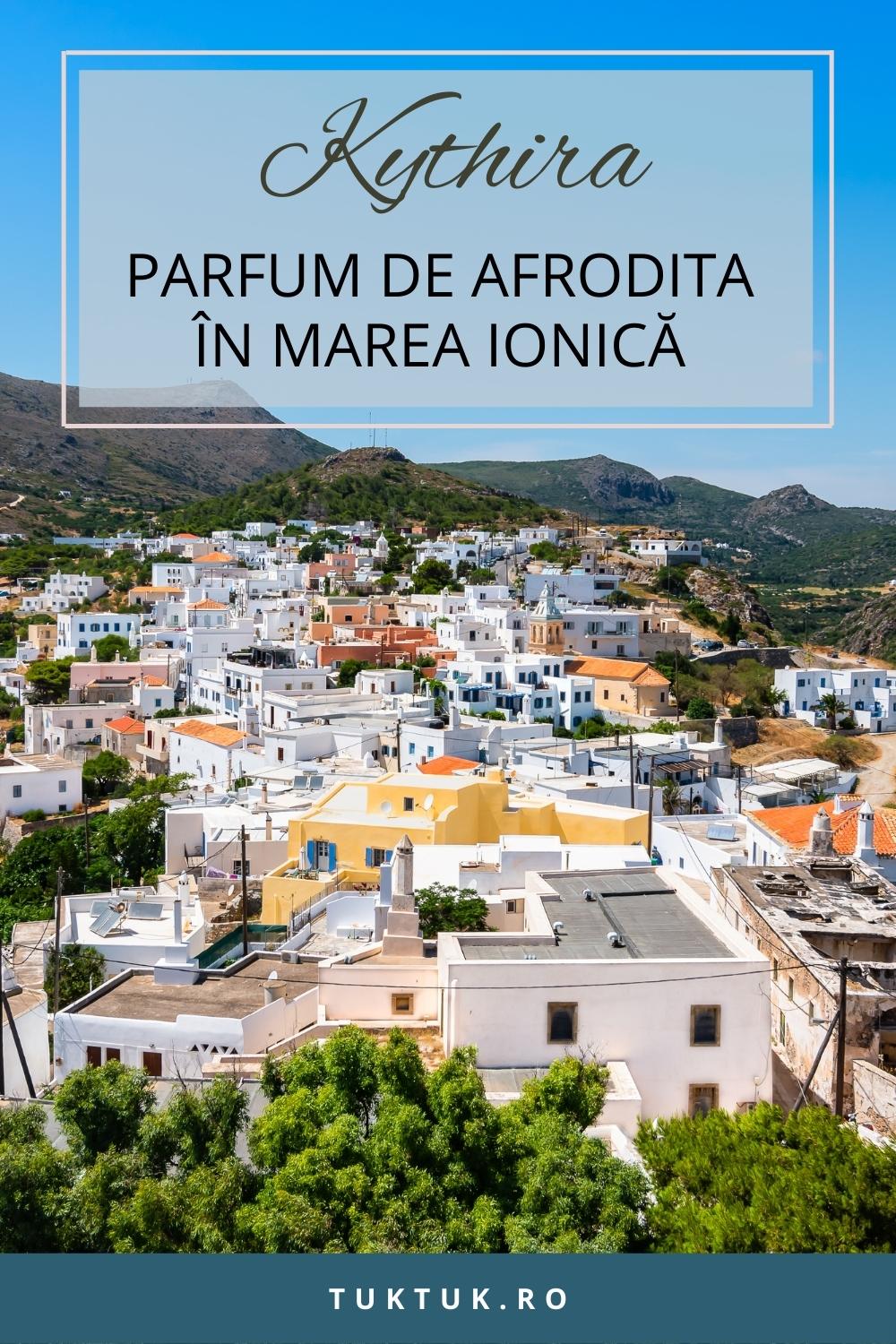
You may also like: Elafonisos Island, a little piece of Peloponnese heaven

